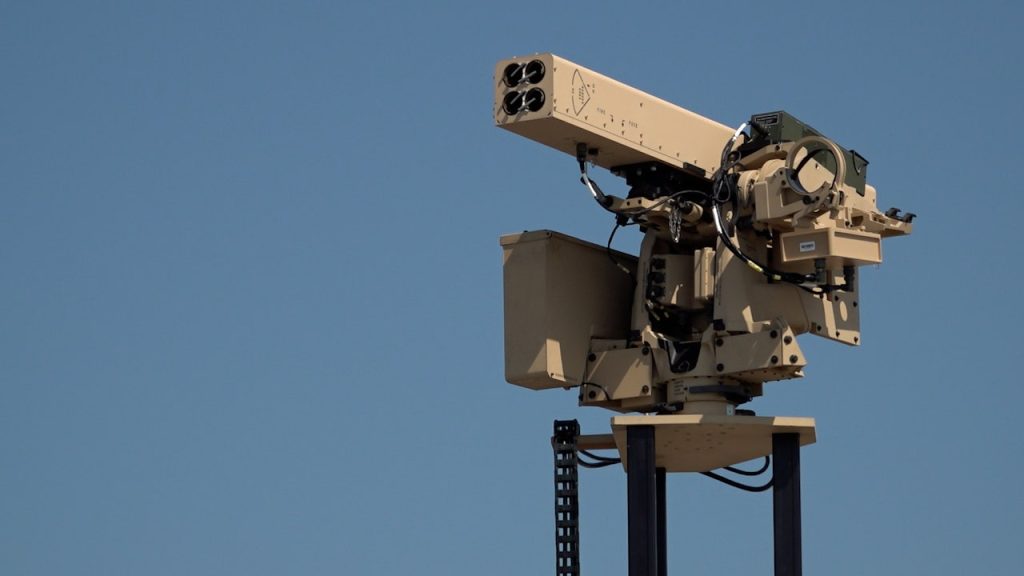The Battle Against Drone Incursions: How the U.S. Military Is Adapting to a New Aerial Threat
In a world where technology advances at breakneck speed, the United States military finds itself confronting an emerging challenge that was barely conceivable a decade ago: unauthorized drones flying over sensitive military installations. At Eglin Air Force Base in Florida, U.S. Northern Command (USNORTHCOM) recently showcased its evolving counter-drone capabilities during an exercise called “Falcon Peak 25.2.” The demonstration highlighted the military’s growing concern about these aerial intrusions and its determination to develop effective countermeasures. With an estimated 8,000 drones occupying American airspace at any given moment and over 350 documented drone incursions across more than 100 U.S. military installations in 2024 alone, the threat has become impossible to ignore. What makes this challenge particularly daunting is the dual nature of drone technology – easily accessible to hobbyists and enthusiasts while simultaneously being adaptable for surveillance, smuggling, or even as weapons platforms, as seen in modern conflicts worldwide.
The Falcon Peak exercise represented a collaborative effort between the military and private industry to test and evaluate various counter-small unmanned aerial system (C-sUAS) technologies. Twenty different anti-drone systems underwent rigorous testing in realistic conditions, demonstrating the diverse approaches being explored to address this complex challenge. One of the most dramatic moments came when a “hostile” drone, launched from Santa Rosa Island, was intercepted mid-flight by another drone that captured it with a net fired from a shotgun-like mechanism. This eye-catching demonstration underscored how far counter-drone technology has advanced, offering a glimpse into the innovative solutions being developed. Companies like Squarehead Technology showcased acoustic systems designed to detect drones by their distinctive sound signatures, offering advantages over traditional radar systems that struggle to distinguish low-flying drones from ground clutter. “Acoustics doesn’t have that issue,” explained Knut Moe, Squarehead’s VP of Defense, highlighting how sound-based detection can complement other sensing technologies.
The exercise also featured Fortem Technologies’ interceptor drones, which offer multiple response options depending on the threat assessment. Their systems can detect, track, and neutralize unauthorized drones either by capturing them with nets and safely relocating them or, in more serious scenarios, using explosives to eliminate hostile drones entirely. Jon Gruen, Fortem Technologies’ CEO, emphasized the flexibility of their approach, noting how their system can adapt to different threat levels and operational requirements. This multi-layered approach reflects the military’s recognition that no single solution will suffice for all scenarios. The goal appears to be developing an integrated defense system that combines detection capabilities with various response options, allowing for proportional reactions based on the nature of the incursion and the sensitivity of the protected area.
The urgency of developing these capabilities has been highlighted by recent incidents that exposed vulnerabilities in military installation security. In a particularly concerning episode earlier this year, a swarm of more than a dozen drones managed to fly over a military base in Virginia for 17 consecutive nights, prompting lawmakers to criticize the Pentagon for inadequate counter-drone procedures. Jason Mayes, USNORTHCOM’s C-sUAS Division Operations Manager, acknowledges that not all drone incursions are malicious: “Not every drone is nefarious. Some of them are just people. They don’t know they’re not supposed to be there.” However, even innocent intrusions can pose serious safety hazards, particularly around airfields where drones might interfere with aircraft during takeoff or landing. More troubling is the recognition that commercially available drones can be relatively easily modified for surveillance or as delivery mechanisms for contraband or explosives – applications already seen in conflicts abroad.
U.S. Air Force General Gregory Guillot, Commander of USNORTHCOM, expressed confidence in the military’s ability to counter a surprise drone attack with current capabilities but acknowledged the need for expanded counter-drone technology to address sustained attacks or multiple simultaneous incursions. His vision includes establishing dedicated counter-drone response teams strategically positioned on the East Coast, West Coast, and in Alaska, capable of responding to any drone incursion anywhere in the country within 24 hours. This ambitious goal reflects the military’s assessment that drone threats require specialized expertise and equipment that may not be immediately available at every installation. These rapid-response teams would presumably bring advanced detection and mitigation technologies, along with the training to employ them effectively, serving as a mobile force multiplier for fixed defensive systems.
Looking ahead, military planners anticipate that drone incursions over national security facilities will only increase as drone technology becomes more widespread, affordable, and capable. The Federal Aviation Administration currently has approximately one million registered drones in its database, a number projected to surge to about 2.7 million by 2027. This proliferation of drone technology presents a dual challenge: how to protect sensitive installations from unauthorized surveillance or attacks while acknowledging the legitimate uses of drones by civilians, businesses, and even the military itself. The solutions being developed must balance security needs against practical considerations of cost, complexity, and collateral effects. As General Guillot and his team at USNORTHCOM continue to refine their counter-drone strategies and technologies, they are engaged in a technological arms race – working to stay ahead of both innocent incursions and potential adversaries who might exploit drone technology for more nefarious purposes. The Falcon Peak exercises represent not just a testing ground for new technologies but a recognition that adapting to emerging threats requires continuous innovation, industry partnership, and strategic foresight.


